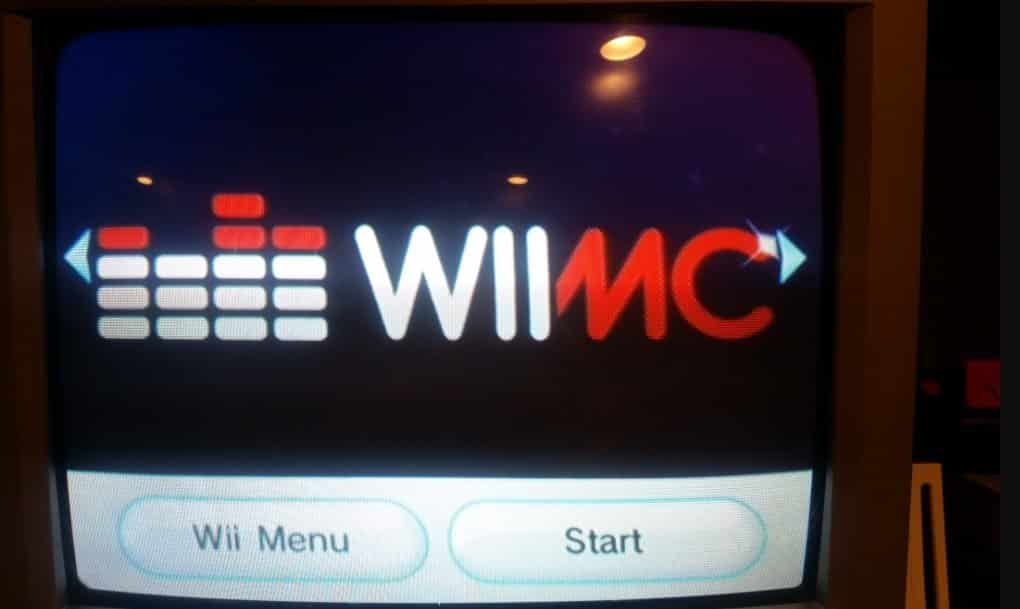It is doing this due to the name of the folder, ending in.app. Applications on Mac OS (and iOS for that matter) are actually 'app bundles', containing various resources and executables in a folder ending with.app. The reason this is grayed out is because the Save/Open box would automatically filter those out. But then I rebooted and the issue of the empty App Store came back. This time I tried just the 'Sign Out' and that didn't work. Killed the processes and opened the App Store and it worked. I'm going to experiment with the NVRAM zapping and see if that works on a permanent basis. Otherwise I'll open up a bug report with Apple. Open mac apps on windows.
Homebrew isn’t really an application as such, more of a framework for installing apps. In particular, Open Source apps that Linux users have enjoyed as packages (.deb files in Ubuntu/Mint/Debian, RPM files in the RedHat series) for years. Homebrew is similar to MacPorts, which I’ve just stopped using and switched to Homebrew myself.
Why did I switch from MacPorts to Homebrew? Primarily because I like the way Homebrew keeps its files to itself and doesn’t clog up your mac directory structure – and yet, it allows you to run the apps straight from the command line, or add them to your dock if you desire. I’m not going to get into how to add Homebrew apps to your dock because that’s a bit in depth for this review.
This is what goes on all of my mac machines no matter what. I will say that I actually have a dotfiles git repo that contains everything I use on every machine including a apps.sh script that has options like./apps.sh -basic and./apps.sh -development - it will install the correct stuff on OSX, Arch Linux, RHEL6 and RHEL7.

Homebrew, unlike MacPorts, compiles everything from scratch – so you will need the Apple developer tools, and the Apple developer command line tools installed before you can run Homebrew. Fortunately, the Homebrew installer will advise you of this when you’re installing. The good thing about compiling from sources is that you know the produced binary will be taking advantage of the latest / greatest compiler technologies and doesn’t have any unmet dependencies on libraries.
Speaking of dependancies, those people who are familiar with a Linux distribution such as Ubuntu, Debian or any of the RedHat offerings, you’ll be familiar with the idea of package dependencies. Some software relies on other software to function properly. This is probably a bit odd for a normal Mac user, they install their app and it’s all standalone. The advantage with the approach taken by Homebrew is that there’s no duplication of packages. For example, some packages (such as Eve Online for example) require Python in order to run. To make the application standalone, a version of Python is bundled with the Application, unknown to the end-user. This isn’t a huge problem, except that it takes up extra diskspace. Package dependencies mean that multiple application can use the same dependent software. The downside can be incompatibilities between different apps, but since Homebrew manages all this for you, you don’t need to stress too much about that.
Homebrew will allow you to install all your favourite open source software quickly and easily simply by typing ‘brew install blah’ where blah of course is the package you want to install.
What would be nice though would be to have some kind of graphical shell you could fire up to browse all the different software, kind of like the Ubuntu package manager… Given that Homebrew is open source, maybe I need to think about writing something 🙂 Machweather app for mac.
- 8/10Design - 8/10
- 9/10Ease Of Use - 9/10
- 9/10Ease Of Install - 9/10

Best Homebrew Apps 3ds
Summary
In the Terminal app on your Mac, enter the complete pathname of the tool’s executable file, followed by any needed arguments, then press Return. If a command is located in one of the shell’s known folders, you can omit path information when entering the command name. For watch-only apps, you can run the watchOS app over the paired iOS device. For more details on capabilities and code signing, see Adding Capabilities to Your App. Click the Run button to build and run the app on the selected simulated or real device. View the status of the build in the activity area of the toolbar. Opening an Application: Launch Terminal. Look for Terminal in 'Applications' → 'Utilities' →. IOS Apps on Mac lets users run your unmodified iPhone and iPad apps on Apple silicon. There is no porting process to bring your iOS app to the Mac. Your apps use the same frameworks and infrastructure that Mac Catalyst apps use to run, but without the need to recompile for the Mac platform. What’s an Emulator? This is a piece of software, which lets a computer system act like another. Run app in mac.
Best Homebrew Osx Apps
Positives: Free, Open Source, Manages Dependencies (much like most Linux Package Managers)
Negatives: Potential for dependency errors, command line only
Website: http://brew.sh
Best Homebrew Apps Switch
